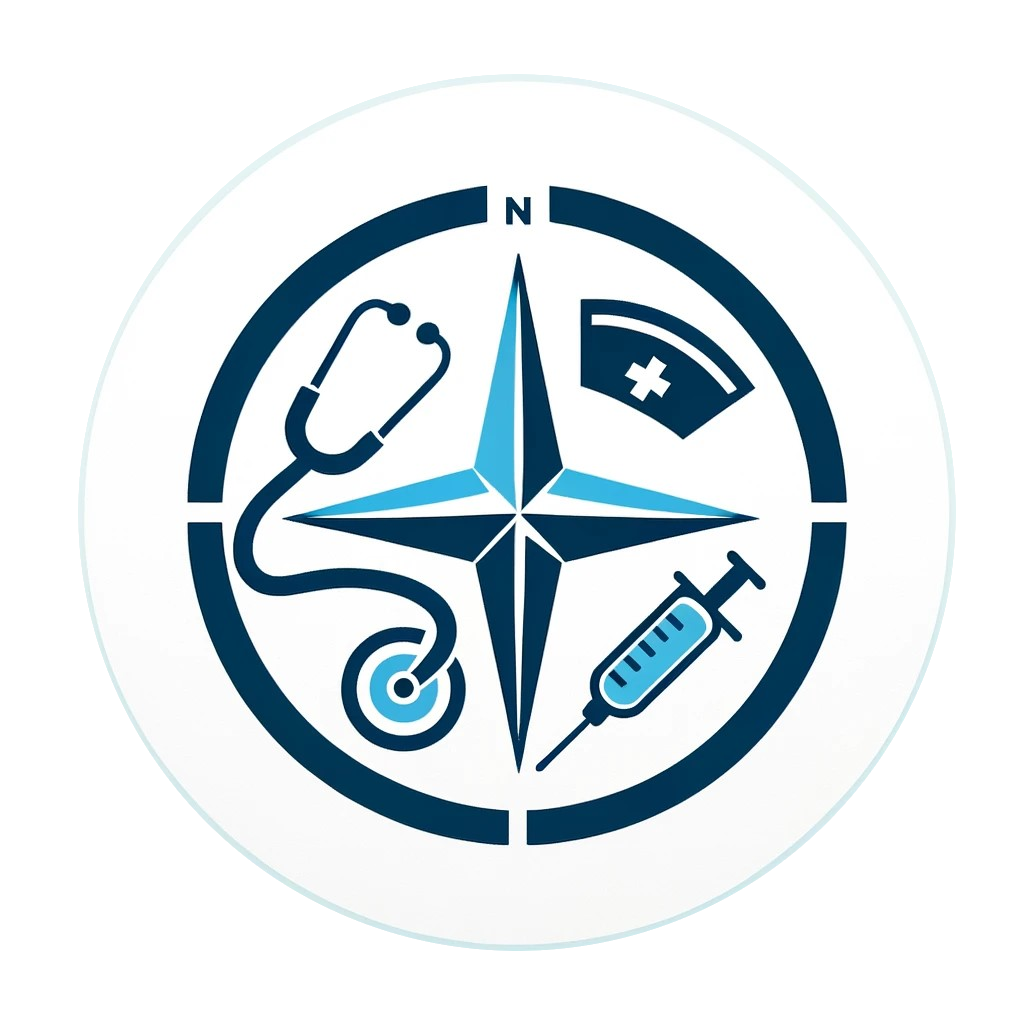Care Plan for Septic Shock Management
Category: Infectious Diseases
Assessment
Patient presents with fever, tachycardia, hypotension, and signs of organ dysfunction.
Diagnosis
Risk for decreased cardiac output related to septic shock.
Goals
Patient will maintain stable hemodynamics and demonstrate understanding of the importance of infection control.
Interventions
Administer prescribed antibiotics and monitor for effectiveness. Provide aggressive fluid resuscitation and monitor vital signs closely. Educate patient and family on the signs and symptoms of infection and the importance of early intervention. Monitor for signs of complications such as organ failure or worsening sepsis.
Rationale
These interventions aim to control infection, stabilize hemodynamics, and prevent complications associated with septic shock.
Evaluation
Patient’s hemodynamic status and adherence to infection control measures will be monitored during follow-up visits.
🚀 Interactive Learning Tools
💡 Study Tips for This Care Plan
Remember the MONA protocol for acute MI: Morphine, Oxygen, Nitroglycerin, Aspirin
Practice EKG rhythm identification daily using our interactive simulator
Connect cardiac medications to their mechanisms of action for better retention
Always connect nursing interventions to their scientific rationale
Practice writing SMART goals: Specific, Measurable, Achievable, Relevant, Time-bound
⚠️ Educational Care Plan Notice
This care plan is for educational purposes only and represents general nursing concepts.
All care plans must be individualized based on:
- Individual patient assessment and current condition
- Healthcare provider orders and facility protocols
- Current evidence-based practice guidelines
- Nursing scope of practice in your jurisdiction
Do not use as direct patient care instructions. Always follow your facility's policies, physician orders, and professional nursing judgment.
